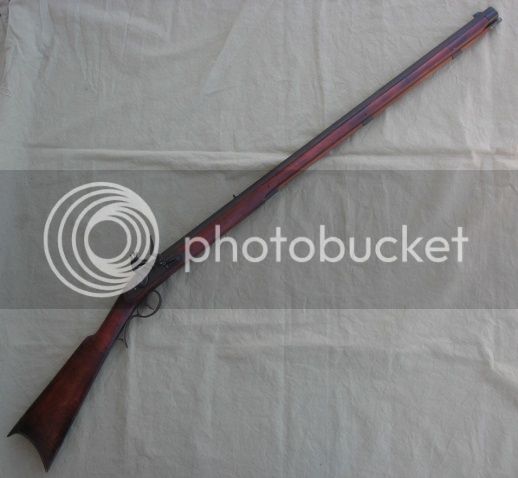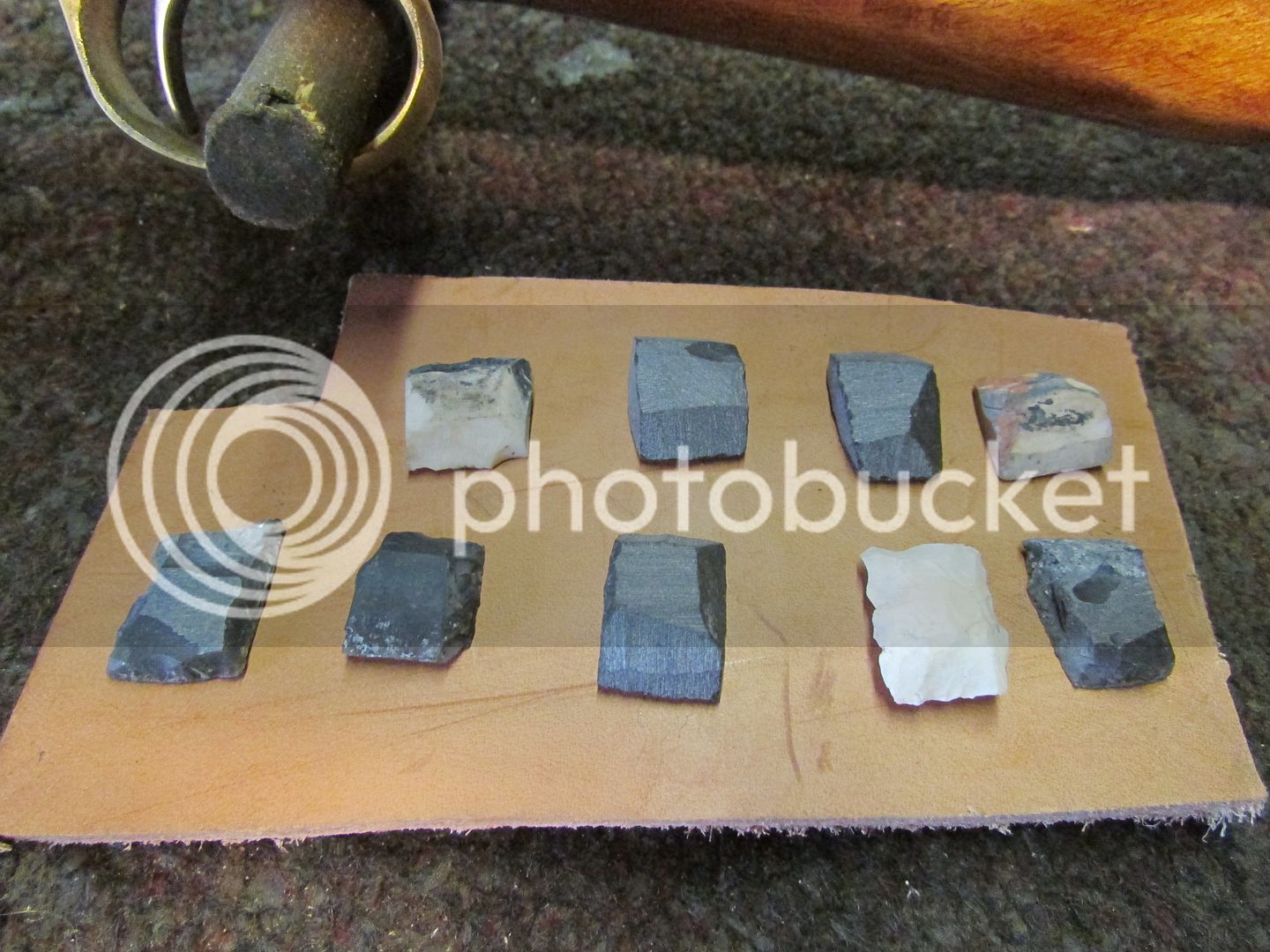I have a L&R late model English lock on my self made Leman trade rifle. I finished the rifle maybe 10 years ago and I am embarrassed to admit that I have never fired it. But I am about ready to do so :grin:

I get an excellent shower of sparks. The sparks are red and uniform in color. From my knife making and blacksmithing days I would estimate that the temperature of the sparks to be around 1450-1500 degrees F. I've read on line that the ignition point of black powder to be in the 550-700 degree F range so I would think that my lock is doing its job and the powder should ignite OK using English flints.
I could heat treat the frizzen and make it harder. I would think that this would produce hotter sparks maybe thinking into the yellow range of 2200 degrees F. Would that give me faster ignition?
Being that the frizzen would now harder and using the same English flints would I get less sparks?
If so. Would more cooler sparks be better than fewer hot sparks?
Your thoughts and comments would be very appreciated.
Thanks
Joe

I get an excellent shower of sparks. The sparks are red and uniform in color. From my knife making and blacksmithing days I would estimate that the temperature of the sparks to be around 1450-1500 degrees F. I've read on line that the ignition point of black powder to be in the 550-700 degree F range so I would think that my lock is doing its job and the powder should ignite OK using English flints.
I could heat treat the frizzen and make it harder. I would think that this would produce hotter sparks maybe thinking into the yellow range of 2200 degrees F. Would that give me faster ignition?
Being that the frizzen would now harder and using the same English flints would I get less sparks?
If so. Would more cooler sparks be better than fewer hot sparks?
Your thoughts and comments would be very appreciated.
Thanks
Joe








